How to buy a TV: what you need to consider when you’re looking for a new television
Get your head around the TV tech terminology
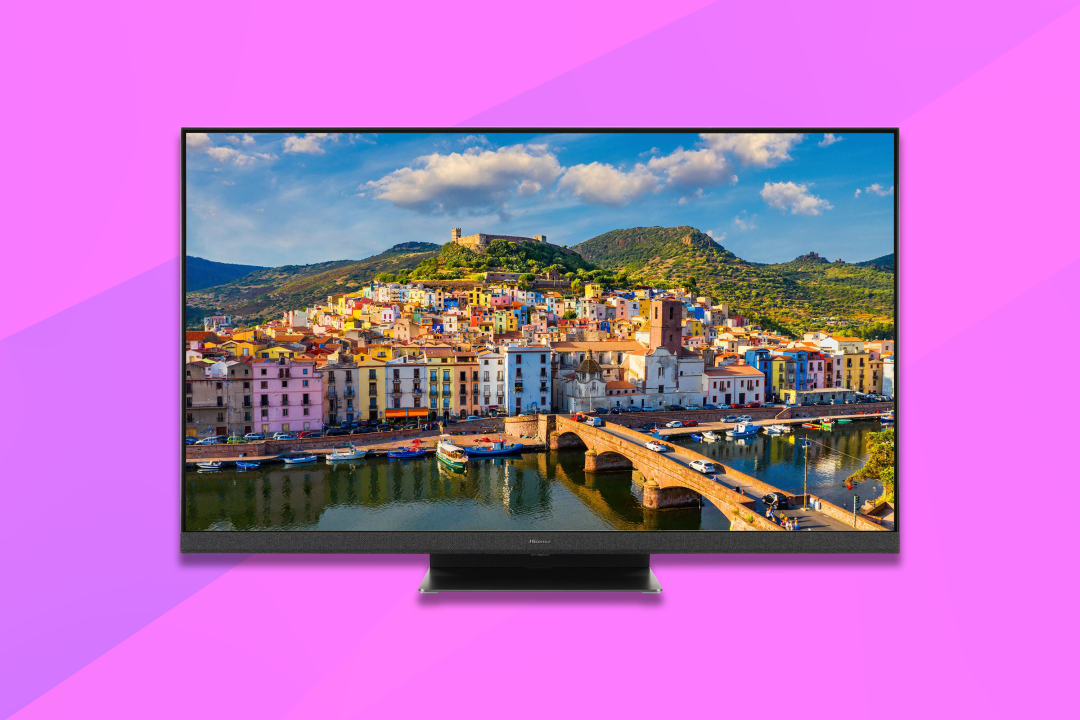
So. You’re tired of watching three-hour-long epics on your phone, and huddling around a laptop screen to stream Euphoria or the latest Netflix reality show is getting kind of awkward. It’s time for you to buy a 4K TV.
It’s as easy as going into a shop and picking one up, right? Well…technically yes, but before you do that there’s a few things to take note of.
Electronics companies are always coming out with new tech, and price ranges vary massively. Expensive doesn’t always mean better, and cheaper doesn’t mean cheap. We can talk all day about the intricacies of TV technology. We have those types of explainer too, whether it’s HDR or refresh rates you need to know more about. But for a takeaway guide on how to buy a TV, here are some things to consider.
But first…
As we’ve mentioned, you’ll see all sorts of confusing terminologies that are only really understood by the most die hard of TV anoraks. While far from an exhaustive list, here’s a few things to take note of.
- 4K magic: In this day and age, there’s really no need to settle for anything less than 4K resolution. Compared to 720p HD or 1080p Full HD sets, 4K usually offers greater value for money while still being affordable.
- Resolution: When it comes to resolution, more is not less. A higher resolution, the more detailed your games, movies, and TV shows will be. 1080p has a resolution of 1920×1080, 4K is 3840×2160, and 8K UHD goes up to a not too shabby 7680×4320.
- HDR: Put very simply, HDR translates to the range of light and dark tones in your images. It boosts picture quality by displaying a wider range of colours and brighter highlights when compared to SDR (Standard Dynamic Range).
- Look for ports: With countless streaming devices, dongles and games consoles to support, you should look for a set with at least four HDMI ports, with a couple of USB in there too. If you’re wanting Ultra HD viewing, then nothing short of HDMI 2.0 will do. For better results, opt for HDMI 2.1, but expect to pay more for the relatively new upgrade format.
How to buy a TV: Pick a size
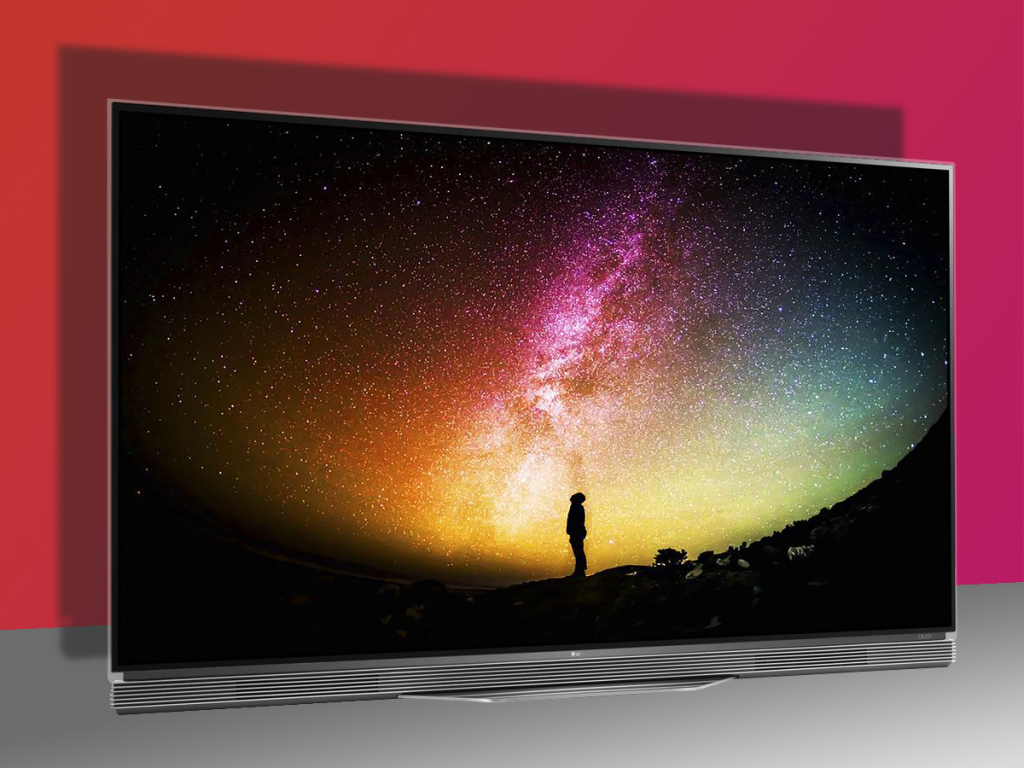
Before you decide between OLED and LED, or whether your new set should have the best tech built-in, pick a size. After all, if that new 85in set you’ve spent a month’s wages on doesn’t fit in your living room, then well…you’re screwed. Screen size is measured diagonally, from the bottom left corner of the set to the top right. Use the same method to measure the space you intend to display the set, and you won’t go far wrong.
More important than fitting it in your home, is how far back you’ll need to sit for comfortable viewing. A giant screen may impress, but sometimes a better viewing experience is found in something smaller.
For 1080p Full HD resolution TVs, a sitting distance of around 1.5 to 2.5 times the screen size is optimal. This translates to around 5-8.5ft away for a 40in screen, or 6.5-10.5ft for a 50in.
4K UHD sets have more pixels than 1080P Full HD screens. This means you can sit twice as close – between 3.5-5ft for a 40in screen, 4-6.5ft for 50in.
How to buy a TV: OLED, LED, QLED, NanoCell
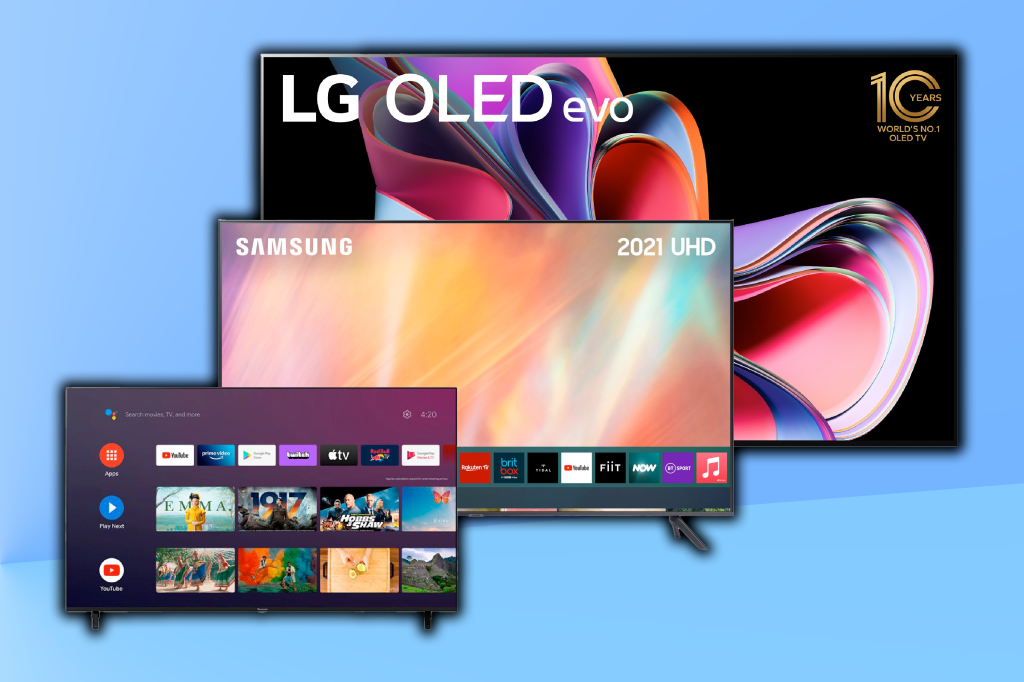
Figuring out what makes OLED different to QLED, different to NanoCell and so forth gets real complicated real quick. We’ve already covered the finer details of OLED and LED in a handy explainer, but there are a few bullet points to keep in mind.
In OLED TVs, each individual pixel is controlled separately, reducing backlight distortion of colour. OLED TVs are also generate a very bright picture, but can be at risk of burn-in. That means, if an object such as the clock on a 24-hour news channel is on the TV for too long, it can become permanent.
QLED (quantum dot LED TV) TVs come with a wide colour spectrum, and can displayer higher brightness levels. QLEDs deliver higher brightness levels over OLEDs and generally last longer, with no risk of that aforementioned burn-in.
LED screens are now found in the lowest-end TVs. This means you’ll get a pretty great picture, without shelling out too much cash. LG NanoCell technology is a bit of an anomaly. Nanoparticles are integrated into the TV panel itself. This helps to boost colour filtering, allowing for purer, more faithfully reproduced colours.
When choosing between OLED, QLED, LED and NanoCell, the main decider is what they’ll be used for.
LEDs are cheap and very cheerful. These are perfect for those who want crisp visuals, but aren’t too concerned with the nitty gritty. NanoCell sets are a step up, and benefit from an IPS panel that offers a wide viewing angle and great colour reproduction. OLED is really superior when it comes to contrast and light precision, and a wide range of viewing is hard to beat. OLEDs remain much a much pricier option, though. QLEDs do use more power than OLEDs, but they work great as gaming monitors.
How to buy a TV: Refresh rates
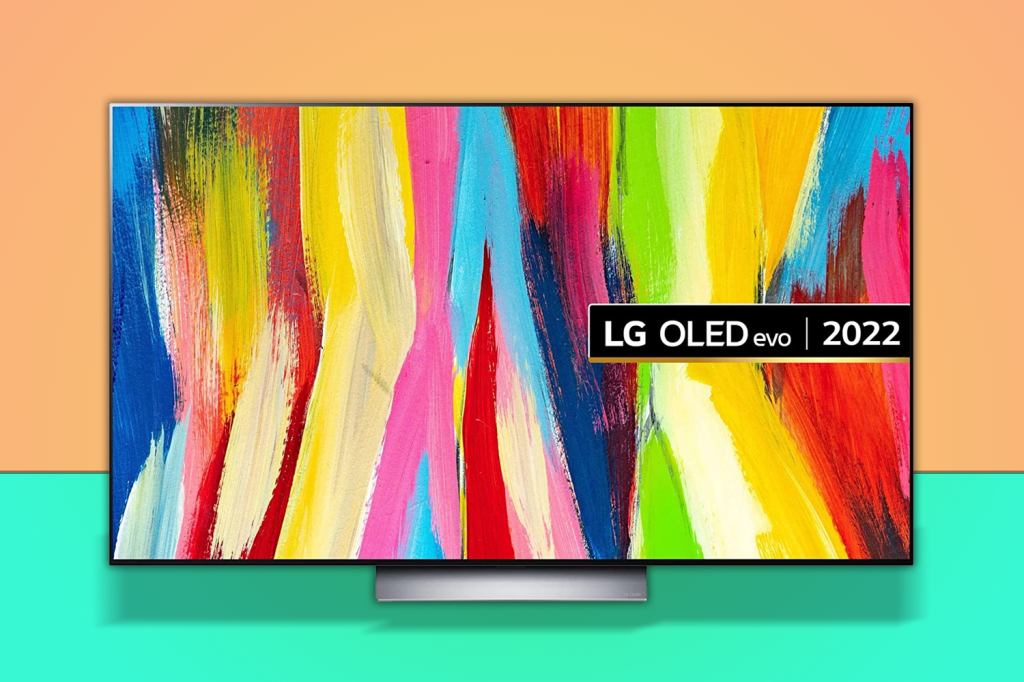
There’s really one thing to remember here. The higher the number, the better it is. 360Hz is better than 240Hz, which trumps 120Hz, which is superior to 60Hz. The key is finding what you need, and what’s somewhat overkill.
360Hz can, quite literally, hurt. 350Hz equals 350 screen refreshes per second, or one frame every 2.78ms. If the frame rate can’t match the refresh rate, then there’ll be some phasing, and probably a few headaches. 240Hz is generally the chosen refresh rate for hardcore gamers. It’s a monitor that can keep up with fast-paced online multiplayers, without substituting quality.
240Hz is pretty overkill for most home viewing needs, so 120Hz is really the sweet spot to be aiming for. 120Hz can handle video games with high frame rates, but won’t make 24FPS video look slightly odd or weird. 60Hz is really not worth anyone’s time, as most new TVs support 120Hz as standard.
How to buy a TV: Go smart
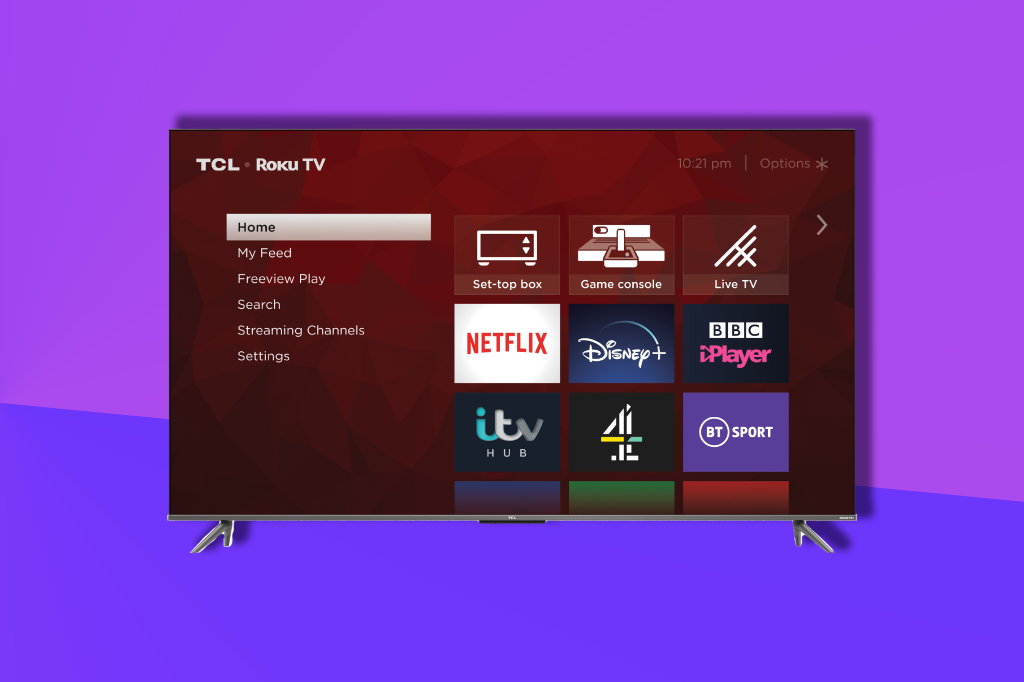
Buying a TV in 2023 that doesn’t come pre-loaded with a bunch of apps is pretty much impossible. You’re pretty much guaranteed to be covered for all the best streaming services, so tailoring your TV to your current subscriptions could save you some cash.
Roku streaming is built into a number of stellar TV sets. Sky Glass is essentially a streaming TV without a dish, and is home to Sky and HBO programming – at the time of writing, it also comes with a free Netflix account. Speaking of Netflix, there’s a bunch of officially Netflix recommended sets with specs that’ll stream in hi-fidelity, or are pretty much tailored to the service in all but name alone.